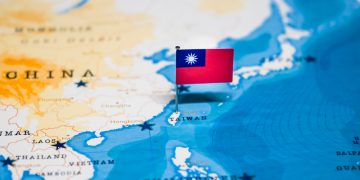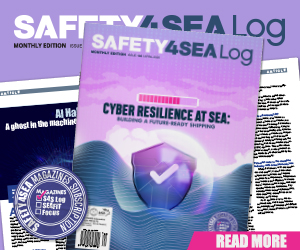Undersea mountains march into the abyss
Destruction of massive underwater mountains Startling new images from the depths of the Pacific Ocean reveal one of Earth's most violent processes: the destruction of massive underwater mountains.The pictures were created by sonar in waters up to 6km (4mi) deep.They expose how tectonic action is dragging giant volcanoes into a chasm in the seabed.The volcanoes are strung across several thousand kilometres of ocean floor and are moving westward on the Pacific tectonic plate at up to 6cm per year.The extraordinary scene was captured along the Tonga Trench during a research expedition last summer.The trench is a highly active fault line running north from New Zealand towards Tonga and Samoa.The first images have been released to BBC News as the findings are presented to the annual conference of the American Geophysical Union.They are the result of a joint project by the universities of Oxford and Durham, funded by the Natural Environment Research Council.Into the abyss Where the Pacific plate collides with the Indo-Australian plate, it is forced downwards into the trench, a subduction zone, and the volcanoes are carried with it.The trench, reaching a depth of 10.9km, forms the second deepest stretch of seabed anywhere in the world - easily large ...
Read moreDetails

















































